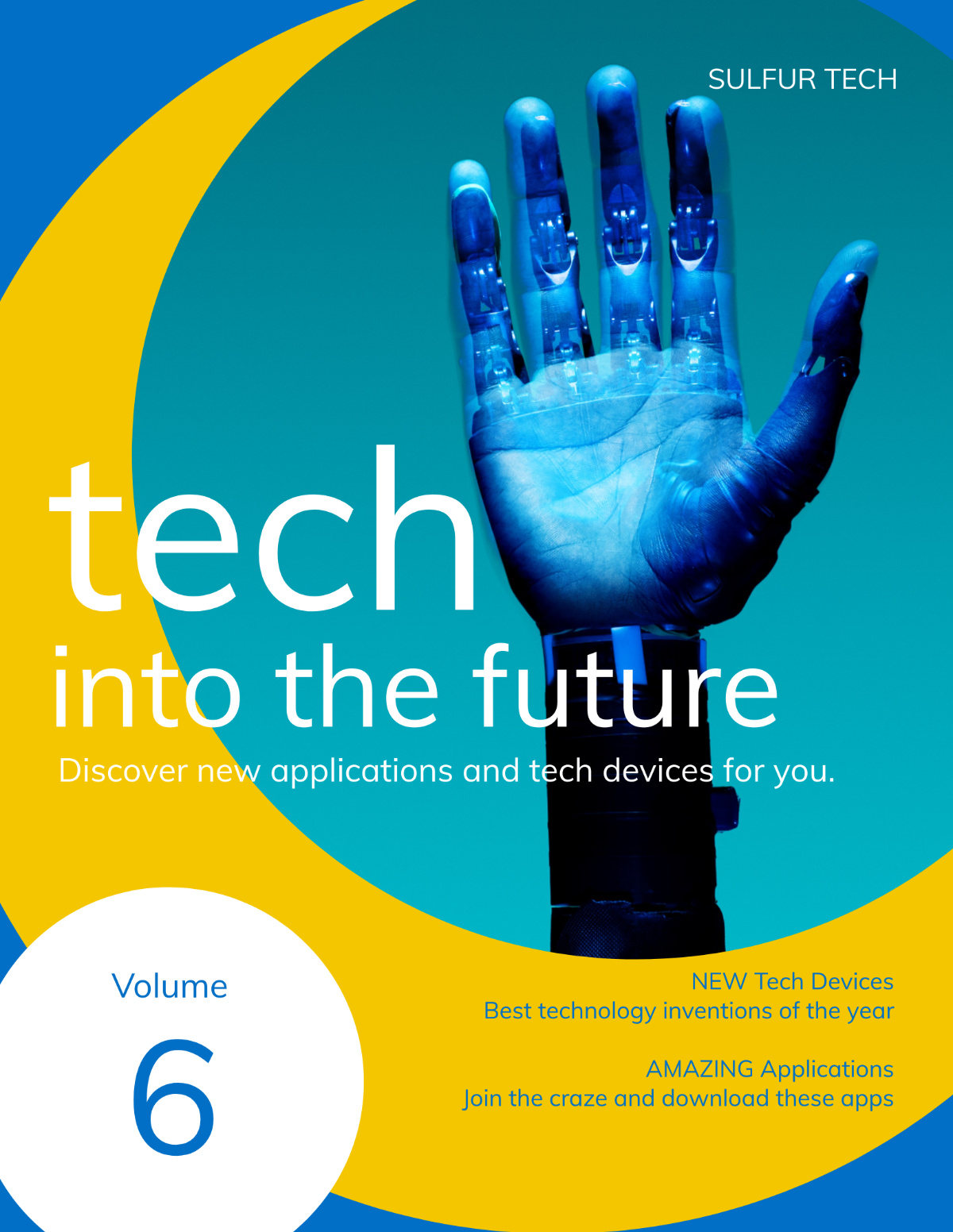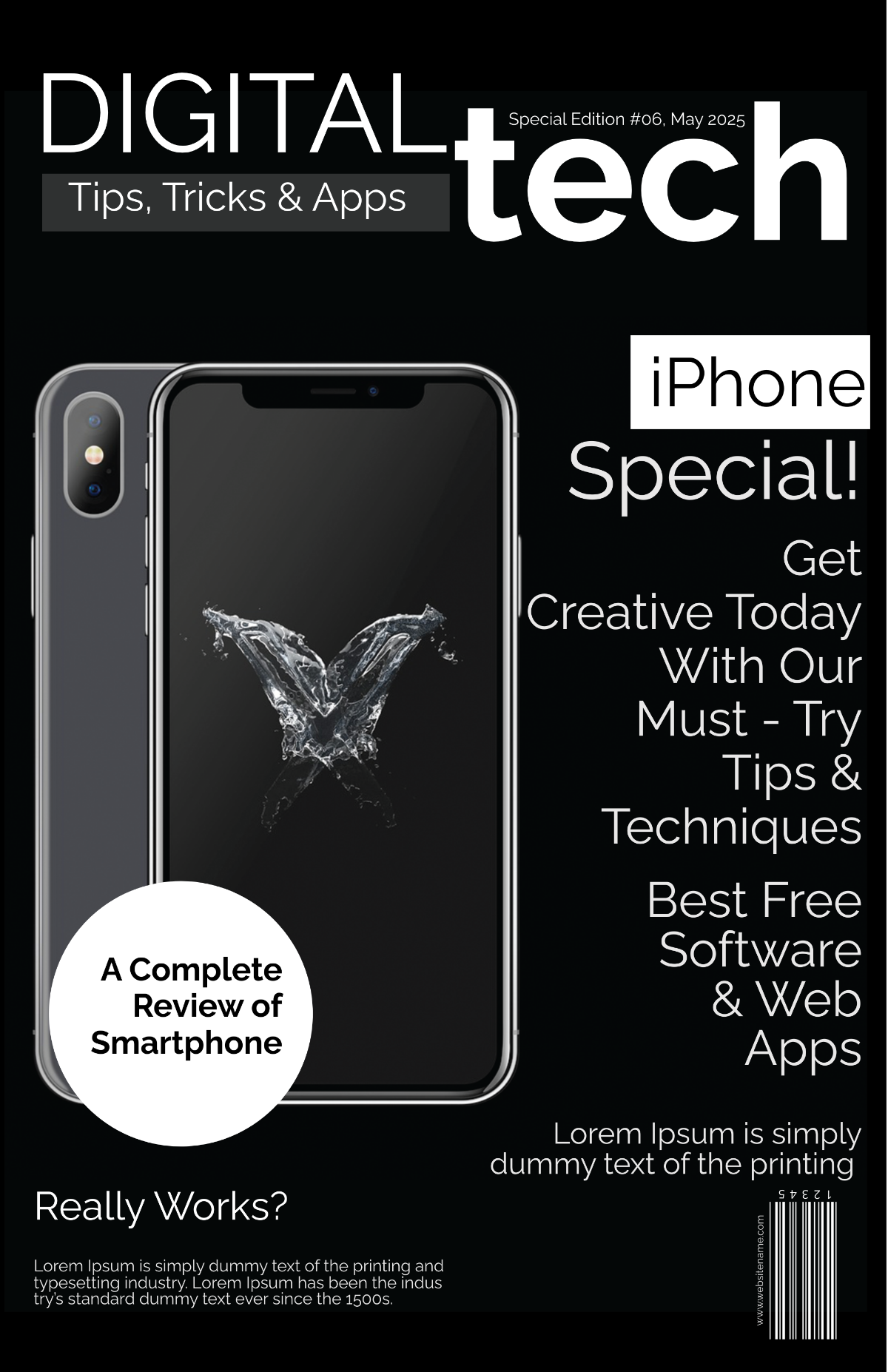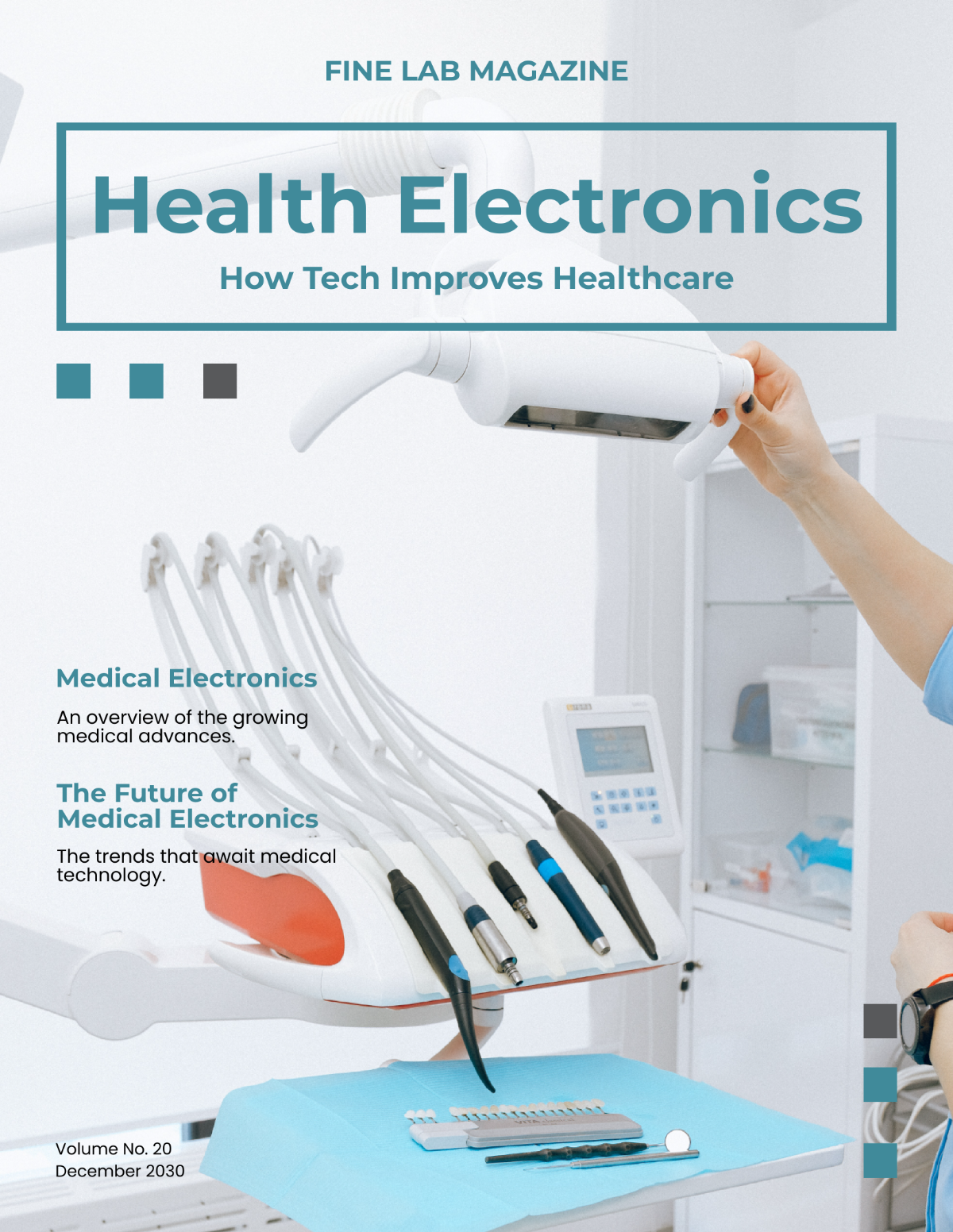Tech Review Magazine Article
Prepared by: [YOUR NAME]
Date: [DATE]
Introduction
Wearable technology has come a long way since the days of simple fitness trackers. Today, smartwatches, augmented reality glasses, and health-monitoring wearables are just a few examples of the vast and rapidly evolving market. This article examines the latest advancements in wearable tech, offering insights, opinions, and recommendations to help you navigate the growing landscape.
The Evolution of Smartwatches
Smartwatches have transformed from niche gadgets to essential tech items for many users. The latest models do much more than track steps or display notifications. They can monitor heart rate, ECG, and blood oxygen levels, and even detect sleep apnea. Brands like Apple, Samsung, and Garmin lead the charge, offering devices with robust health tracking and seamless integration with other digital ecosystems.

Augmented Reality Glasses: The Next Frontier
One of the most exciting developments in wearable tech is the rise of augmented reality (AR) glasses. Companies like Google, Microsoft, and Snap are investing in AR technology, promising a future where digital information overlays seamlessly with the physical world. Current models, though limited in field of view and battery life, hint at widespread applications ranging from navigation to gaming and enterprise solutions.

Health and Fitness Wearables
Health and fitness trackers continue to be a fundamental component in the wearable technology market, maintaining their significance and popularity among consumers. Devices such as the Fitbit Charge and the WHOOP Strap have gained substantial recognition for their ability to provide advanced analytics. These analytics enable users to optimize their workout routines and closely monitor their overall well-being, offering a comprehensive insight into their physical health. Furthermore, the rise of smartwatches equipped with extensive fitness features has contributed to a shift in consumer behavior. Many smartwatches now encompass a wide range of fitness functionalities, thereby diminishing the necessity for owning separate, specialized fitness devices. This integration allows users to benefit from both the traditional functions of a smartwatch and the advanced fitness tracking capabilities, offering them a more streamlined and convenient experience.
![]()
Challenges and Considerations
Despite the impressive advancements, wearable technology faces challenges. Privacy concerns are paramount, as these devices collect sensitive health and location data. Battery life also remains a significant issue, particularly for more power-hungry AR devices. Additionally, the integration of these devices into daily life can sometimes feel intrusive rather than helpful.
Looking Ahead: Future Trends
The future of wearable tech looks promising, with several trends poised to shape the next wave of innovation. Stretchable and flexible electronics could lead to more comfortable and versatile wearables. Artificial intelligence and machine learning will enable more personalized and predictive health insights. Lastly, improvements in battery technology and energy harvesting could address current limitations.
Conclusion
Wearable technology continues to advance at a rapid pace, offering exciting possibilities for health, productivity, and entertainment. While there are challenges to overcome, the potential benefits of these devices are substantial. By staying informed about the latest developments and understanding the trade-offs, consumers can make better choices that enhance their lives. As with any tech, the key is finding the right balance between innovation and practicality.







